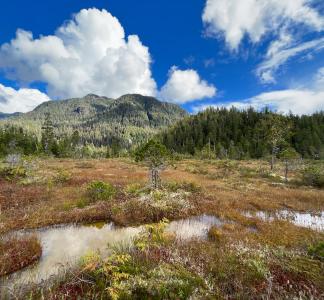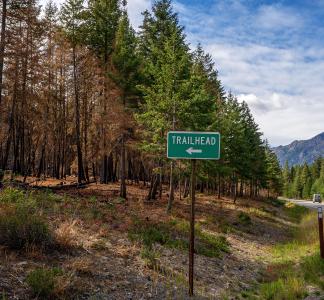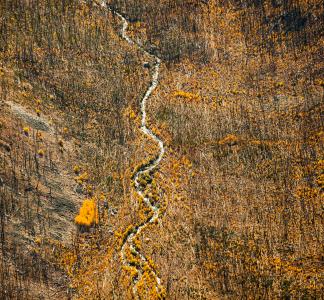What are old-growth forests and why do they matter?
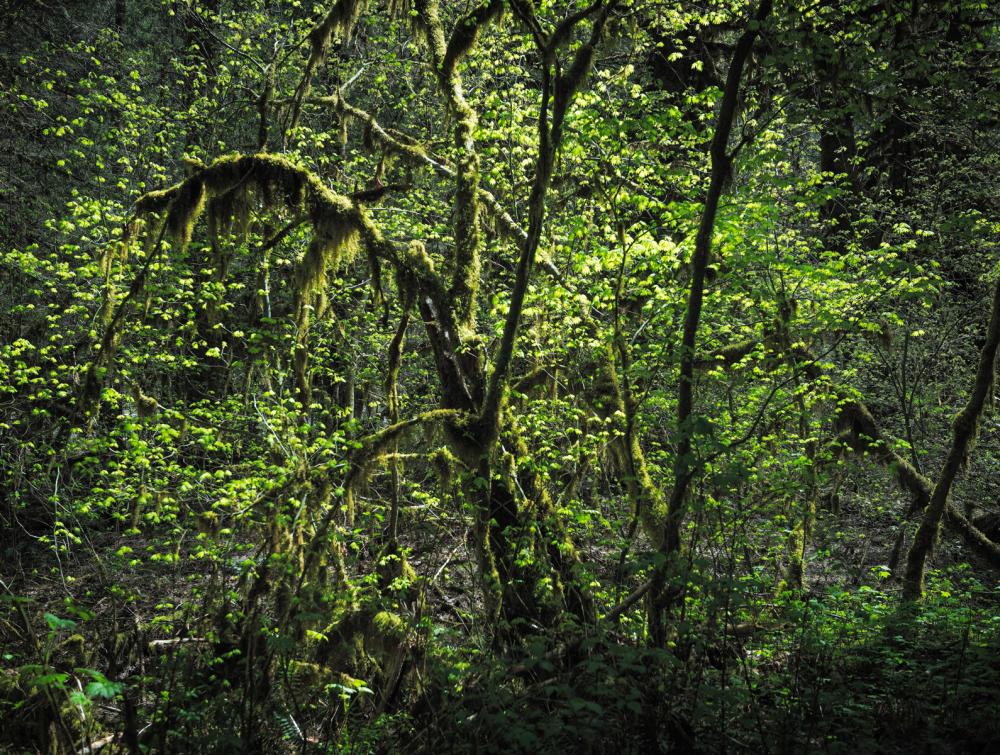
Mt. Baker-Snoqualmie National Forest, Washington
Mason Cummings, TWS
Places like Tongass support biodiversity, local economies
From the Ewok home world of Endor to the strange woods of Twin Peaks, wild and undisturbed old-growth forests often capture the imagination. These forests are much more than just an object of pop-culture fascination, however: they really matter.
Recent events, including President Biden’s April 2022 executive order on protecting forests, have spotlighted these places as tremendous carbon sinks, trapping greenhouses gases and storing them within the tree structure. But their importance as part of a healthy forest ecosystem extends beyond climate solutions.
Complex cradles of biodiversity
Despite the name, old-growth forests are not categorized on age alone—they also need to be dense and relatively undisturbed by development or disasters like wildfires. These forests stretch across thousands of acres, with interwoven trunks and branches creating heavy tree canopy. The towering redwoods of California; temperate rainforest of the Tongass National Forest in Alaska; and mountainous Adirondack forests in New York are all different examples of old-growth forests.
Those qualities make these forests hotspots of biodiversity. Compared to younger forests and isolated stands of trees, old-growth forests provide unique habitat that supports a broad array of life. The shade of the canopy allows light and heat-sensitive flora and fauna like salamanders and fungi to thrive. Downed and decaying trees, also common in old-growth forests, provide nest sites for birds and dens for mammals.
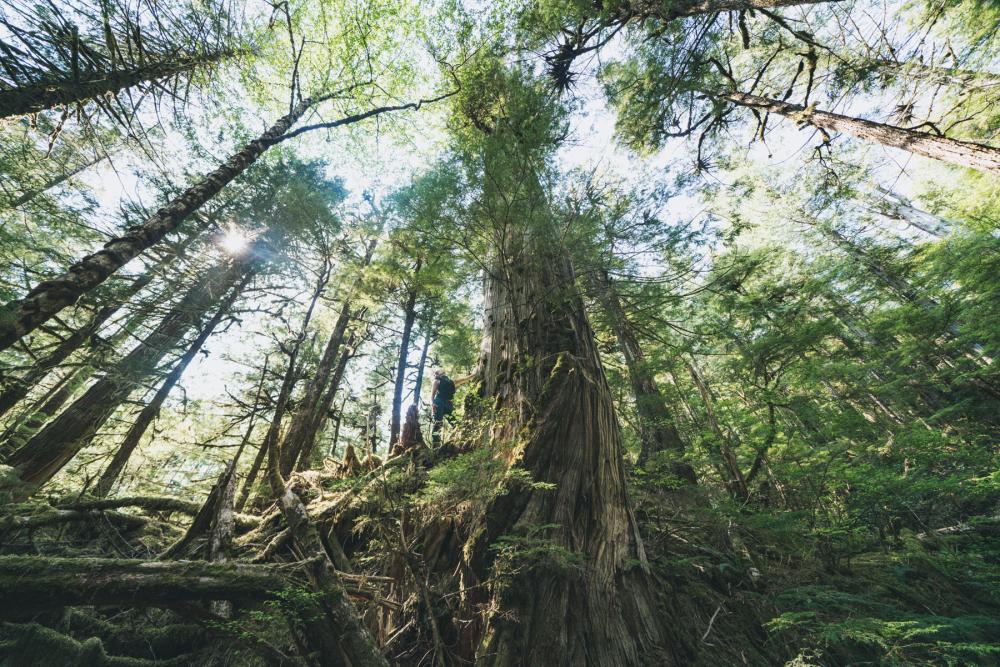
Tongass National Forest, Alaska
Colin Arisman
Indigenous homelands and lifeline for communities
This immense biodiversity has made these forests important to humanity for centuries. Many Indigenous peoples—the original and enduring stewards and inhabitants what is now called North America—have strong connections to old-growth forests. The Tlingit, Haida and Tsimshian tribes, for example, have long inhabited the Tongass and are reliant on sustainable use of its resources for traditional practices. As the Tongass faced mounting development threats in recent years, these Tribes led successful efforts to reinstate roadless protections and ensure the forest remains for generations to come.
Old-growth forests are critical to the survival of local economies, too. A 2018 study found that communities in the Greater Seattle region received nearly $80 million in annual revenue from tourism in the Mt. Baker-Snoqualmie National Forest, which holds at least 581,000 acres of mature and old-growth forests. Additionally, the total recreational value was found to exceed $190 million, creating jobs and supporting local businesses in small, often rural towns across the region.
The same study found that the Mt. Baker-Snoqualmie National Forest also offers an additional $30 billion in “ecosystem services” to surrounding communities. These services include natural processes with tangible human benefits like clean drinking water and improved air quality.
More forest protections needed
Our old-growth forests are incredibly valuable when left standing, but what stretches remain in the U.S. face mounting threats from climate change and reckless development. If these forests are to remain for generations to come, we need the government to uphold existing protections and create a clear path for conservation moving forward.
